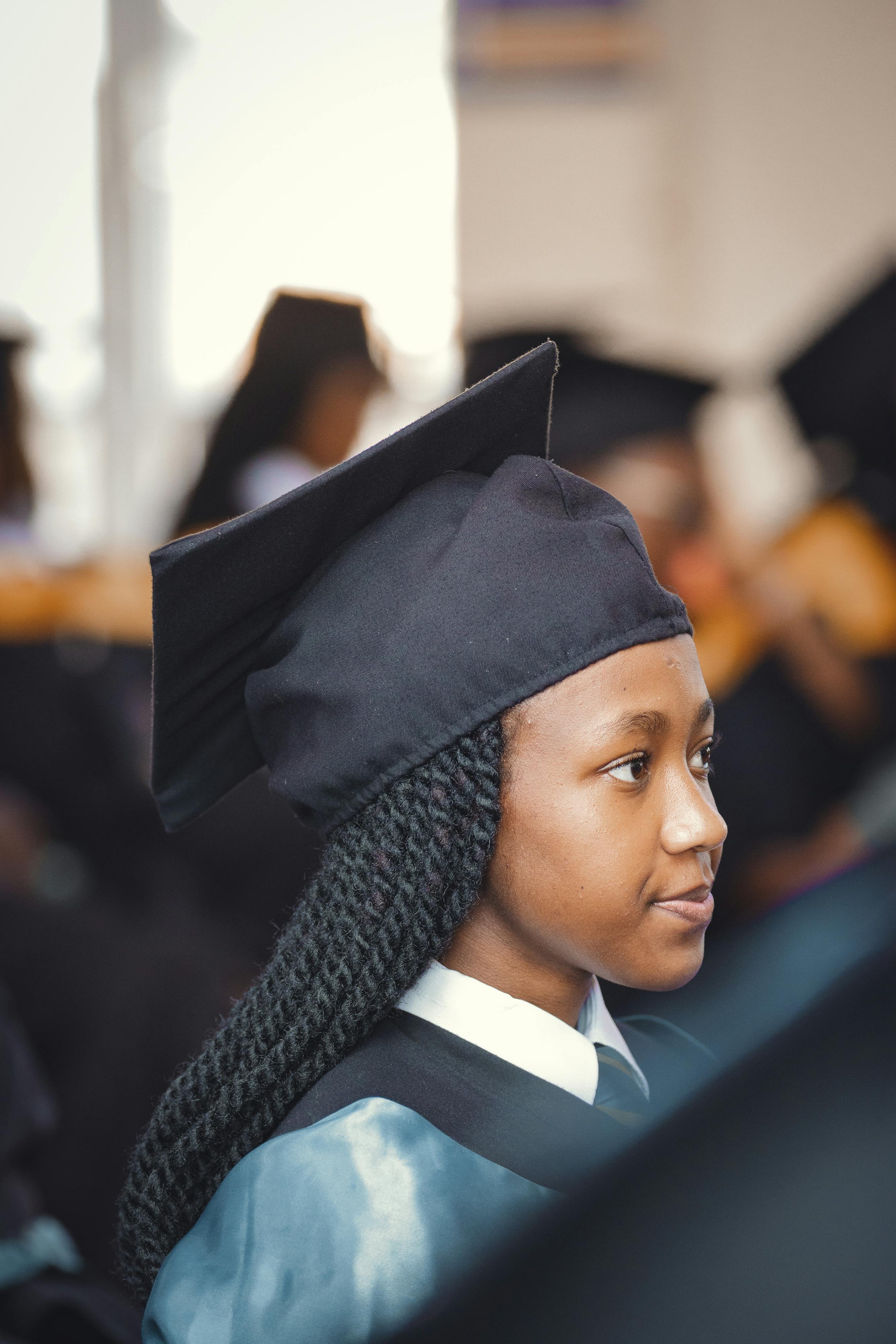
By
In the aftermath of the Supreme Court’s 2023 decision to end affirmative action, Black high school seniors are facing a new college admissions reality — particularly at some of the nation’s most elite institutions.
Predominantly white, elite institutions such as Amherst College, Tufts University, and the Massachusetts Institute of Technology have all reported notable drops in Black student enrollment for their incoming classes. At Amherst, the percentage of Black students in the incoming freshman class plummeted from 11% last year to just 3% this year. Similarly, Tufts University saw a drop from 7.3% to 4.7%, while the percentage of Black students in the MIT freshman class dropped from 15% to 5% in just one year. In addition, The Brown Daily Herald recently announced that Brown University’s Black freshman enrollment dropped by 40%, dropping from 15% to 9% this year.
These reductions suggest that the removal of race-conscious admissions had an immediate and negative impact on Black student representation at these selective institutions. However, other universities, like Harvard University, whose Black enrollment fell from 14% last year to 10%, and Emory University, 13% to 12%, only saw moderate to slight declines, while institutions such as Princeton University, Duke University, and Yale University showed little to no decrease or small increases.
Experts have been confused about why some institutions have shown an increase in Black enrollment, attributing it to changes in how colleges identify students or weigh application elements, such as the essay. However, many elite institutions saw significant decreases after the affirmative action ruling.
“Their decision moved the nation backward and upended decades of precedent that allowed America’s colleges and universities to build diverse environments,” White House Press Secretary Karine Jean-Pierre said during a recent press conference.
Indeed, the declining Black student enrollment at elite colleges and universities is more than just a statistic — it signals that the pathway to these institutions may be narrowing. And this shift in college demographics is not only reducing the racial diversity of students at prestigious universities but also impacting K-12 education.
The Ripple Effect on Black K-12 Students Nationwide
In predominantly Black K-12 schools, where resources are often limited, Allison Wiltz, an English teacher in New Orleans, Louisiana, says the motivation to pursue admission to the Ivy League or other top-tier schools “will wane as students see fewer examples of their peers succeeding in this pursuit.”
“Depriving Black students of equal access to those opportunities means there will be fewer Black students with access to that network,” Wiltz tells Word In Black. “Black K-12 schools receive significantly less funding, and research has demonstrated there is a connection between funding, grades, and test scores.”
Black students are more likely to attend underfunded schools with fewer experienced teachers and academic resources “They can’t be expected to have grades and test scores that compete with those of students who received more funding,” Wiltz says.
The Surge in HBCUs
At the same time predominantly white colleges and universities are becoming less accessible to Black students, there is a renewed interest in Historically Black Colleges and Universities — institutions that have long provided a supportive and culturally affirming environment for Black students.
According to the National Student Clearinghouse Research Center, HBCU enrollment has risen by 4% this fall. And in 2024, several HBCUs have experienced record enrollment increases. For example, Bethune-Cookman University saw a 24.13% jump in enrollment, growing from 2,516 students in 2023 to 3,123 in 2024. Hampton University also expects about 1,200 new students, bringing its total undergraduate population close to 4,000.
Regarding increased applications alone, Howard University received 37,000 applications for the incoming class of 2,500 freshmen, a 12% increase from the previous year, and Florida A&M University has seen applications nearly double over the last two years.
The bar chart illustrates the percentage increase in HBCU enrollment for 2023 and 2024, according to the National Student Clearinghouse Research Center.
Angela Nixon Boyd, the associate vice president of enrollment and dean of admission at Hampton University, emphasized the impact of the Supreme Court’s decision on Black students.
“I think that many students recognize that this ruling impacted them personally,” she told WAVY in early September. “And so they, again, want to be in an environment where they feel welcomed, feel safe and that they feel that they will have an opportunity for success.”
Where Do We Go From Here?
Although the Supreme Court’s decision to end affirmative action in college admissions has introduced a new barrier to higher education for college-bound high school students, Kiara Wilson, a high school guidance counselor in Atlanta, Georgia, says there are solutions.
“Educators and administrators must work to foster an environment where Black students continue to see higher education as an attainable goal,” she says. “This includes addressing the psychological impacts of seeing fewer Black faces at elite institutions and reinforcing the value of pursuing academic excellence.”
Wilson says that regardless, all parties must make a concerted effort to ensure that Black students remain competitive applicants despite the ruling’s impact.


